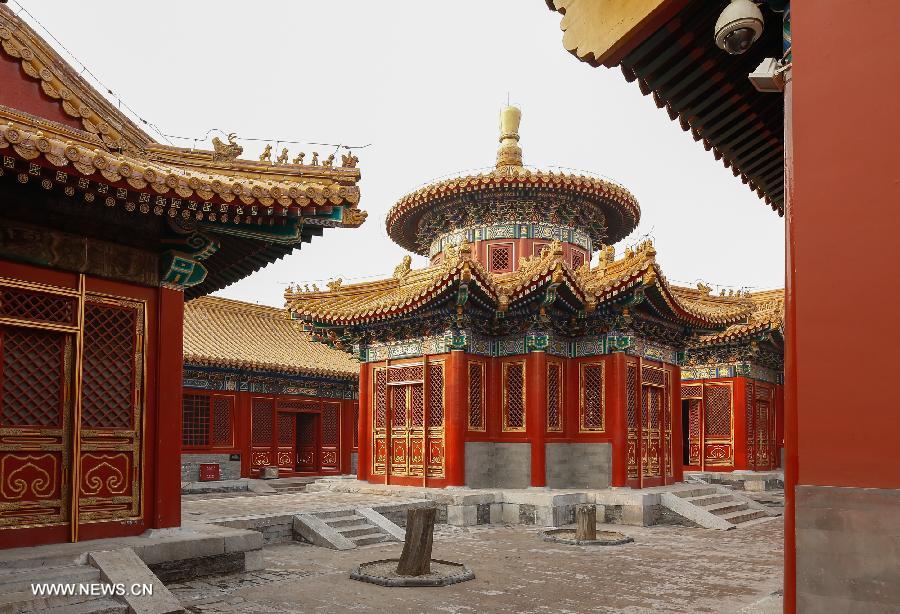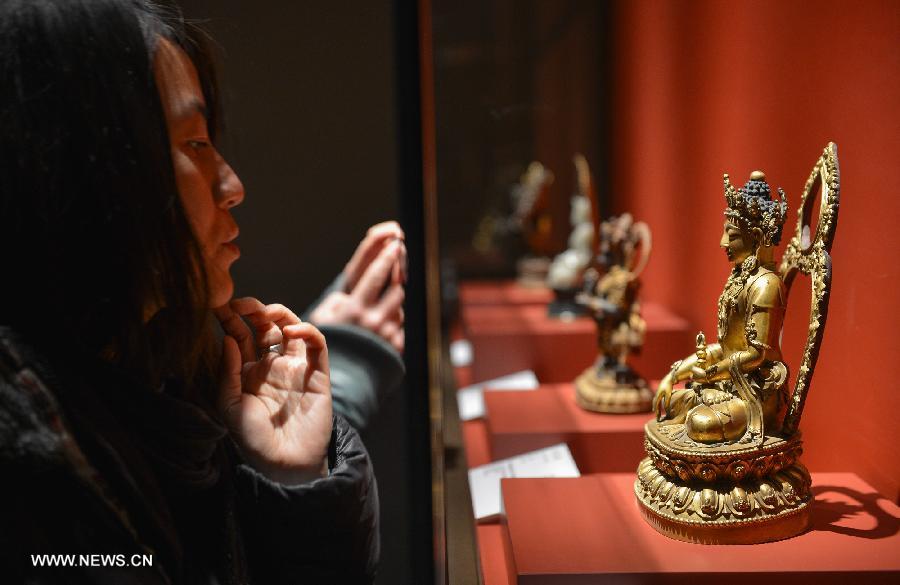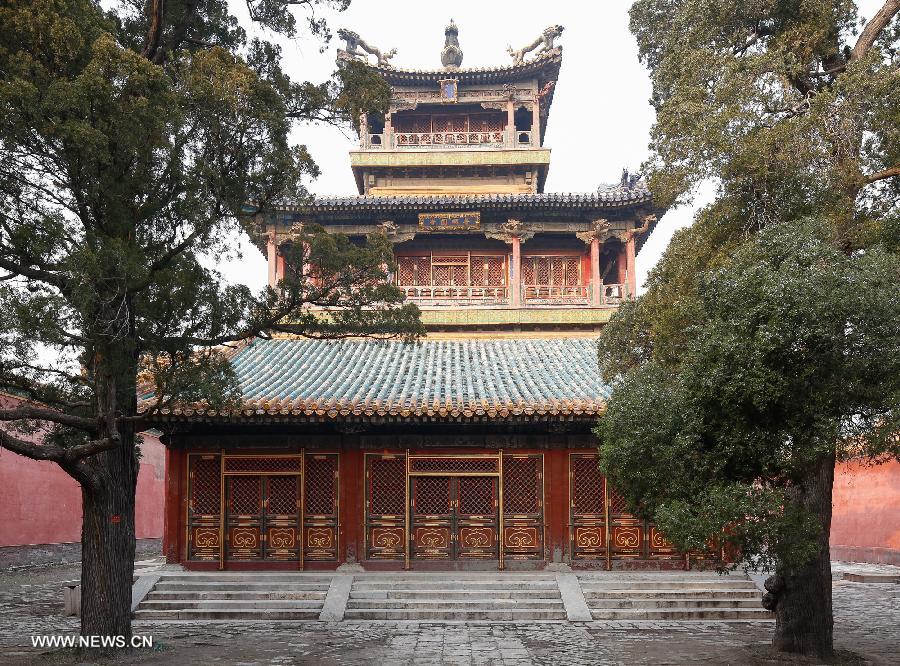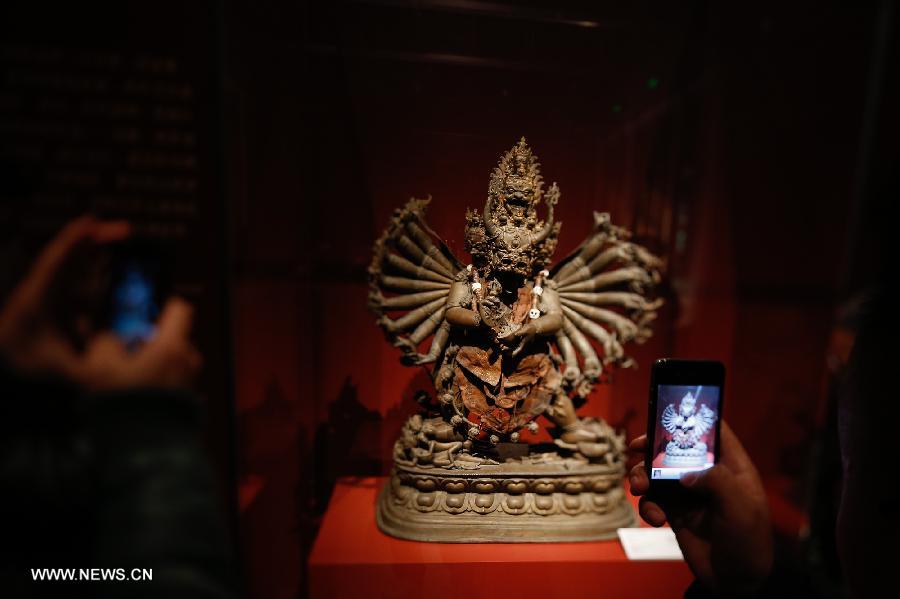This is wonderful... It is part of the Chinese Heritage and should be treated as such. If we are all to alienate our past, then we are essentially destroying our culture... We move with the times but we do not forget from where we came from.
Restoration of the Zhongzheng Dian complex has been completed in a six-year protective project. The complex, a Tibetan Buddhism shrine in the Forbidden City, was burnt down by a fire in 1923.
Here are more beautiful pictures:

Photo taken on Nov. 27, 2012 shows the restored Xiangyunting (Pavilion of Fragrant Clouds) in the Zhongzheng Dian (Hall of Rectitude) complex at the Forbidden City, Beijing, capital of China, Nov. 27, 2012.

Visitors tour the restored Zhongzheng Dian (Hall of Rectitude) complex at the Forbidden City, Beijing, capital of China, Nov. 27, 2012.

A visitor looks at a Buddhist sculpture in the restored Zhongzheng Dian (Hall of Rectitude) at the Forbidden City, Beijing, capital of China, Nov. 27, 2012.

Photo taken on Nov. 27, 2012 shows the Yuhuage (Pavilion of Raining Flowers) in the Zhongzheng Dian (Hall of Rectitude) complex of the Forbidden City, Beijing, capital of China.

A visitor takes photos of a Buddhist sculpture in the restored Zhongzheng Dian (Hall of Rectitude) at the Forbidden City, Beijing, capital of China, Nov. 27, 2012.
What a beautiful and intricate Yamantaka statue!!!!